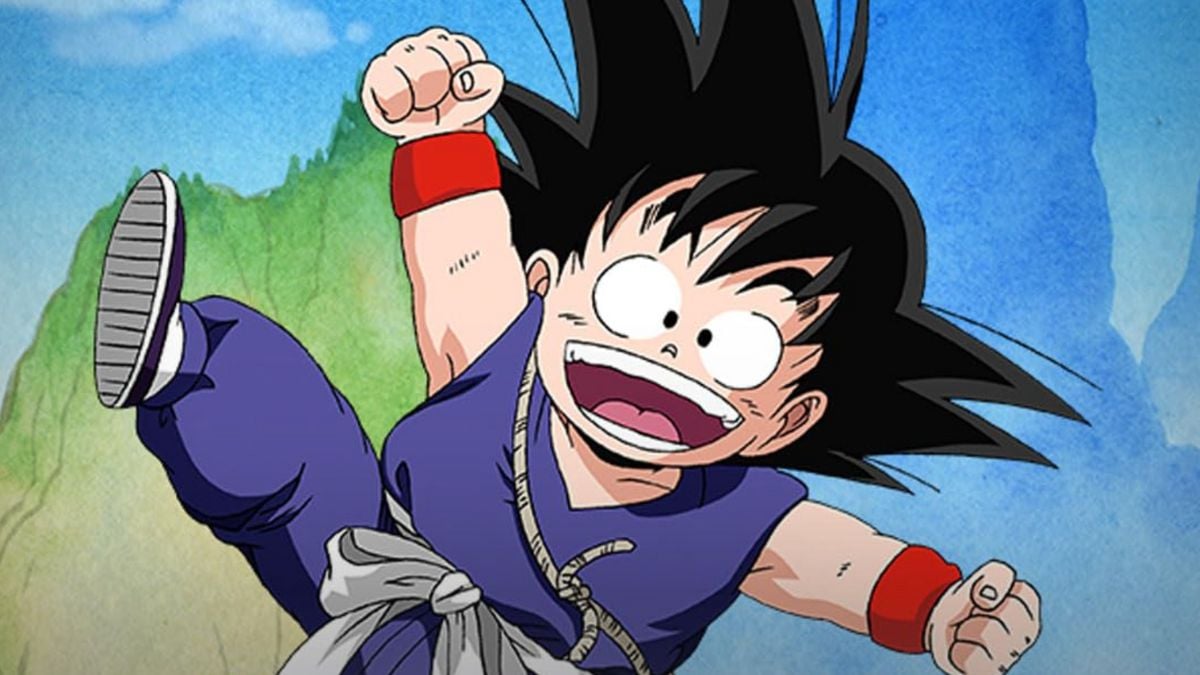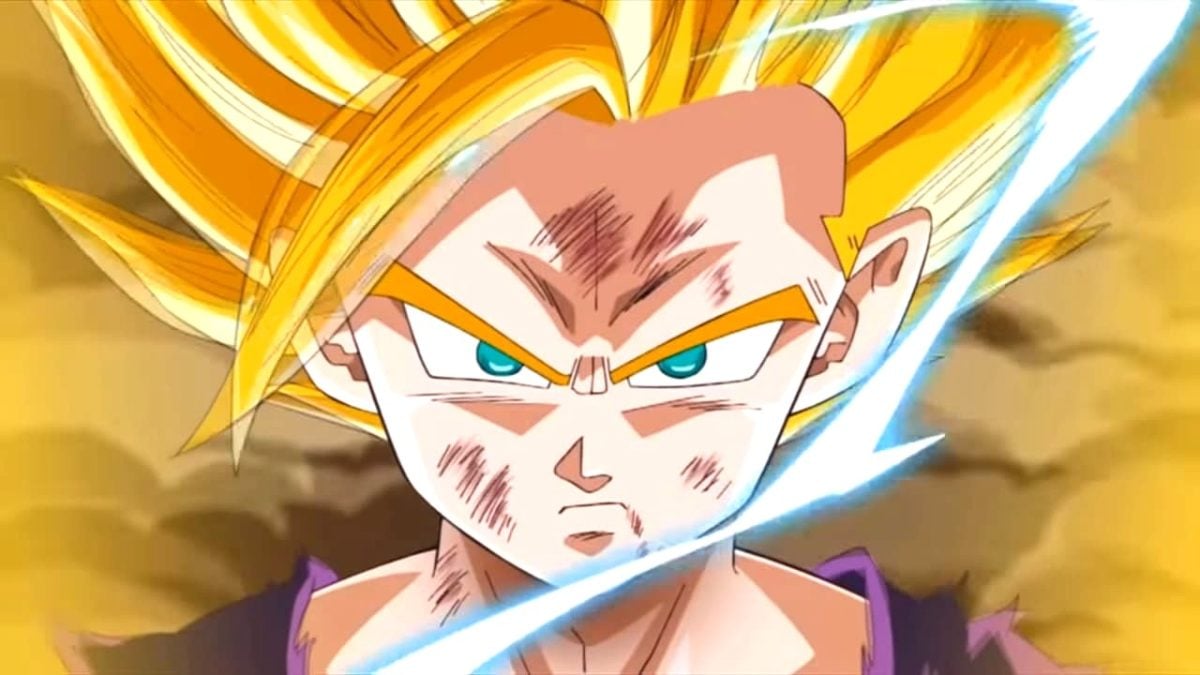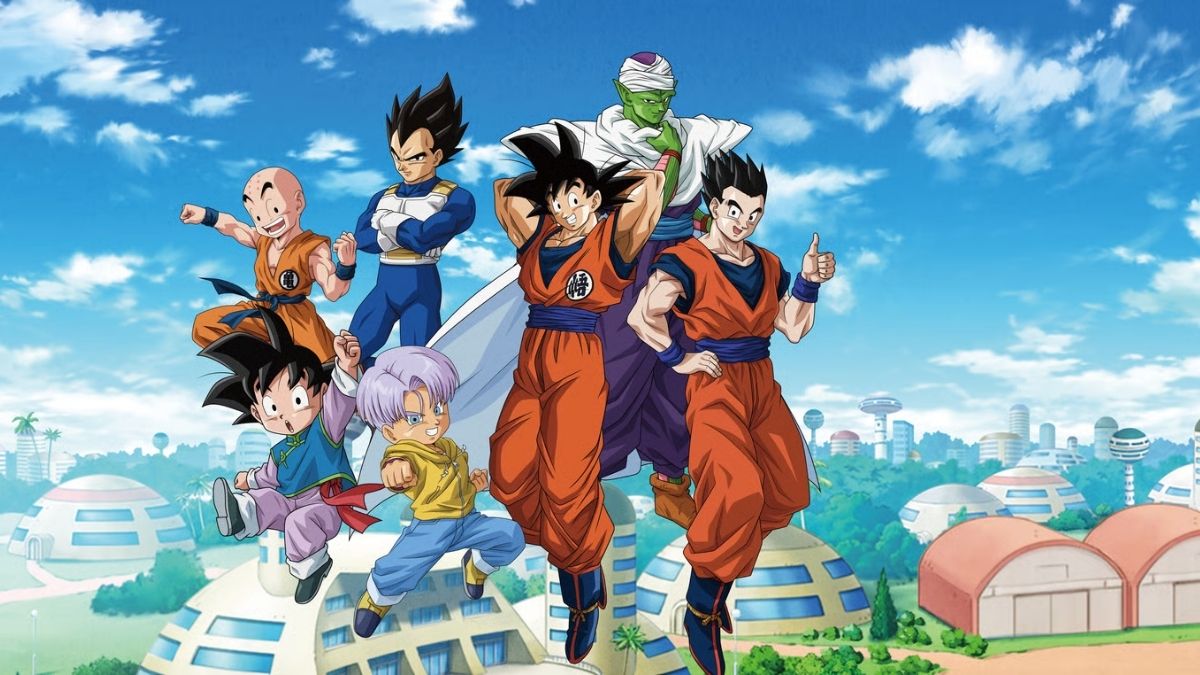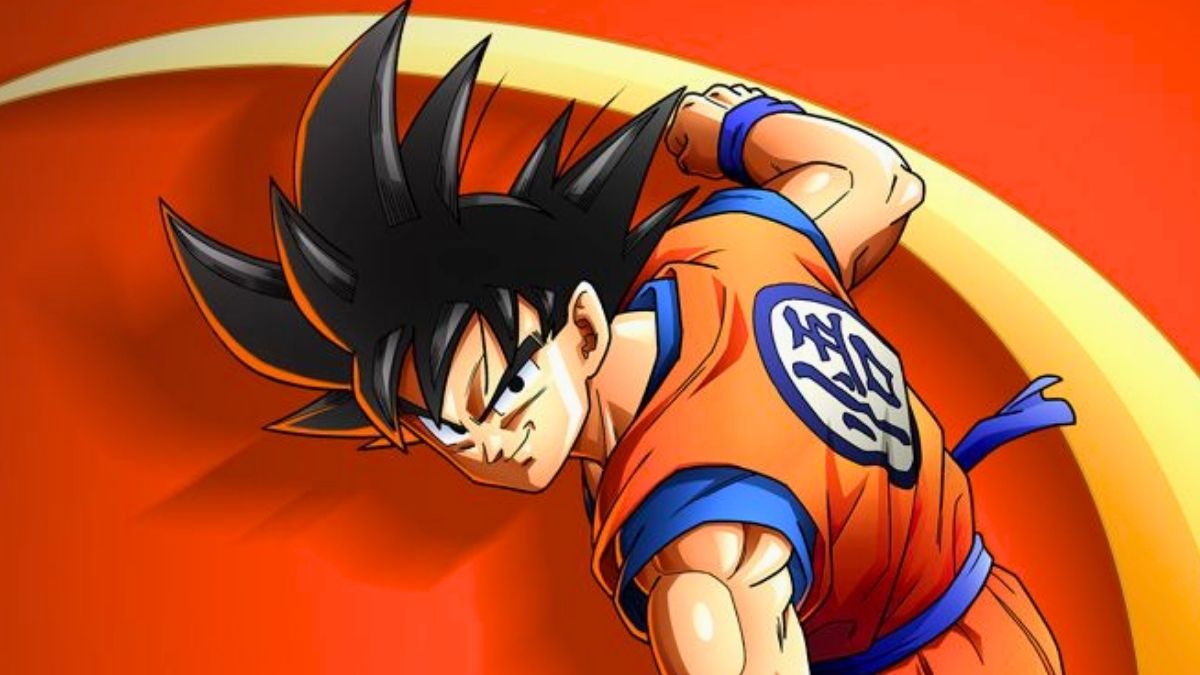The man who brought anime into the mainstream passed away on Mar. 1, 2024, leaving the world a little bit darker without Akira Toriyama in it. His untimely demise rocked the anime and manga world, but the legacy he leaves behind immortalizes Toriyama in countless minds and hearts.
Toriyama’s fans stem from all walks of life and stretch across the globe. It was his work on Dragon Ball that helped invite newcomers from a huge number of nations into the anime fold, and those fans aren’t sure how to say goodbye to someone who made such a massive impact on their lives. There’s a reason it’s considered the most influential manga of all time, after all.
It was Dragon Ball that helped anime reach a new audience, and without it, the medium may have never spread west. But it did, and the result is a huge number of American fans and an even higher number of fans stemming from Mexico and Latin America.
What’s behind the Dragon Ball love in Mexico?

When many people think of anime or manga, they think of Japan. That’s fair, since that’s where the art forms stem from, but the resulting stories are by no means contained by Japan’s borders. They’re universal, and Dragon Ball is easily the most universal of all.
The beloved anime born of Toriyama’s 1984 manga spread rapidly across the globe, and as a result found fans in even unexpected corners of the world. Its presence on television, particularly during dry spells in other entertainment, led to a massive surge in interest, and gave birth to a generation of Goku fans.
Quite a few of those fans come from Mexico, a curious trend that was prompted by the anime desert of the late ’90s. In Mexico and many other Latin American countries, there was little access to anime on television. Dragon Ball was one of just a few anime options in this time period, which led to a surge in viewership while the show was on the air.
That created a snowball effect that left Mexico with sky-high numbers of Dragon Ball fans. Many millennials remember leaning on the Z Fighters during lazy weekend mornings growing up, and they learned a lot of lessons from the series. The story’s emphasis on family and community resonated with Latin American audiences, and — since so many people were watching it — that trend created its own fresh sense of community.
Mexican youth found a home among the Dragon Ball fandom, where they discovered like-minded peers and bonded over a shared passion for Goku and martial arts. That community stayed with them throughout their lives, and now, as adults, they continue to see Dragon Ball as the connecting factor. Without the anime, they may never have found that community, which earns the story a special place in the hearts of many Mexican millennials.











Published: Mar 11, 2024 09:25 am